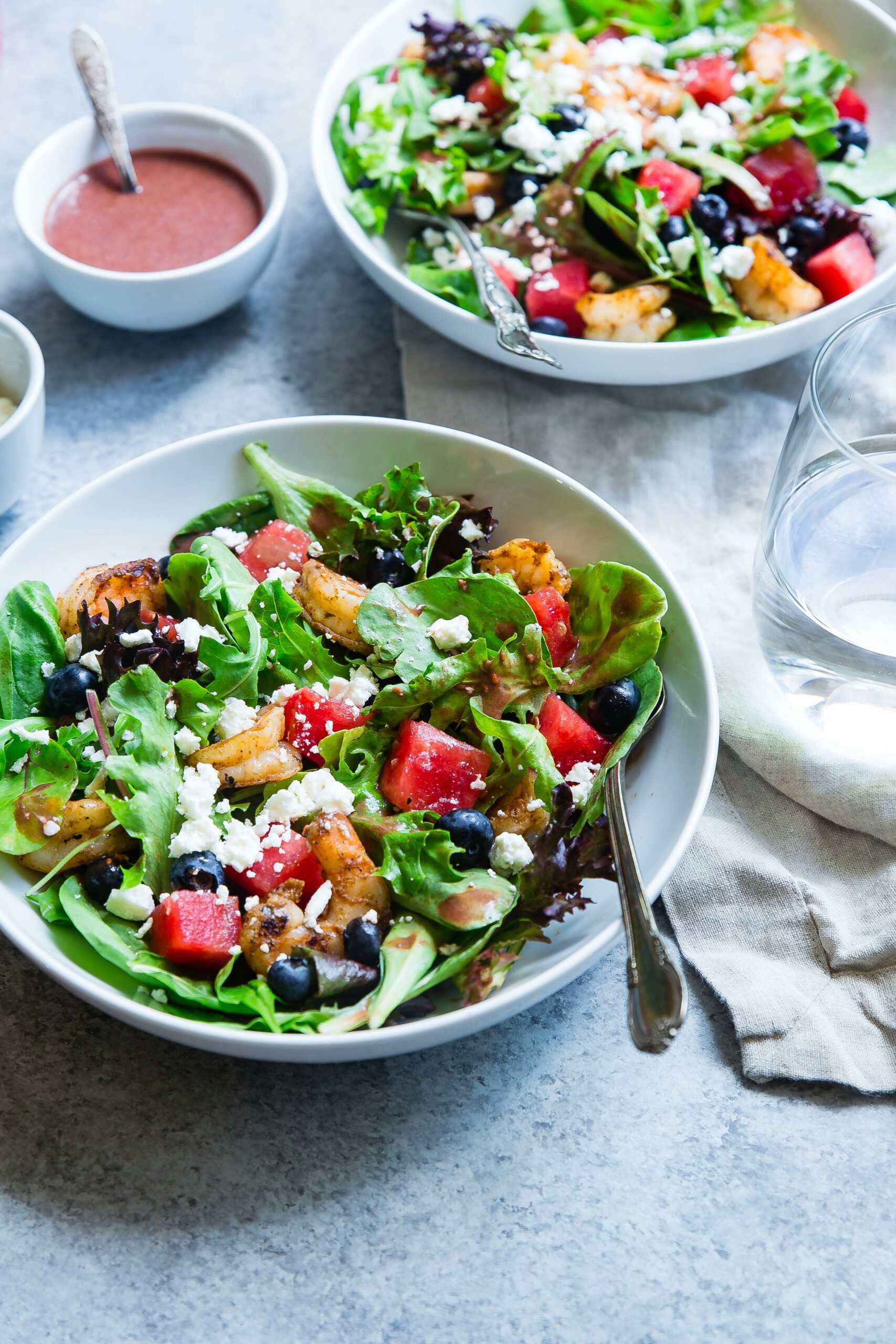

Eating should be a delightful experience, blending flavors that excite the palate with ingredients that nourish the body. Striking the perfect balance between taste and nutrition can seem daunting. But it doesn’t have to be! With a little creativity in the kitchen, you can whip up meals that are both delicious and healthful.
Imagine starting your day with a breakfast that’s not only satisfying but also packed with essential nutrients. Picture enjoying lunch or dinner without compromising on flavor while feeding your body what it truly needs. And let’s not forget snacks—who says healthy can’t be tasty?
Join us as we explore how to make mindful choices without sacrificing enjoyment at mealtime. From incorporating nutritious ingredients into everyday recipes to discovering tips for enhancing flavor, this journey toward balanced eating is sure to inspire every home cook out there!
The Importance of Balanced Eating
Balanced eating is essential for maintaining optimal health. It provides our bodies with the right nutrients to function effectively. Each food group plays a vital role in supporting various bodily functions.
When we consume a variety of foods, we’re not just filling our stomachs; we’re fueling our energy levels, enhancing mood, and boosting immune systems. A balanced diet also helps manage weight and reduces the risk of chronic diseases like diabetes and heart conditions.
Moreover, what we eat can significantly affect mental clarity and emotional well-being. Nourishing meals have been linked to improved cognitive function and reduced anxiety levels.
Eating mindfully encourages us to appreciate flavors while making healthier choices. This approach fosters a sustainable relationship with food that goes beyond mere survival—it’s about thriving through every delicious bite we take!
How to Incorporate Nutritious Ingredients in Your Meals
Incorporating nutritious ingredients into your meals can be both simple and enjoyable. Start by adding a variety of colorful vegetables to your dishes. They not only enhance visual appeal but also pack a punch in vitamins and minerals.
Consider swapping out refined grains for whole grains like quinoa or brown rice. These options provide more fiber, keeping you fuller longer while supporting digestive health.
Don’t forget about healthy fats. Avocado, nuts, and olive oil are great additions that promote heart health without sacrificing flavor.
Experimenting with herbs and spices is another way to boost nutrition effortlessly. Fresh basil, cilantro, or turmeric can elevate the taste profile while offering additional health benefits.
Think about incorporating legumes such as lentils or chickpeas into salads and stews for added protein and fiber. They’re versatile and filling—perfect for any meal!
Flavorful Recipes for Breakfast, Lunch, Dinner, and Snacks
Breakfast sets the tone for your day. Start with a vibrant smoothie bowl topped with fresh berries and crunchy granola. The combination of creamy yogurt and nutrient-rich fruits delivers both flavor and energy.
For lunch, try a quinoa salad mixed with roasted vegetables and a zesty lemon dressing. This dish bursts with colors and textures, keeping you satisfied without feeling heavy.
Dinner can be equally delightful. Consider baked salmon drizzled with honey garlic glaze served alongside asparagus. It’s not just nutritious; it offers an explosion of taste that makes healthy eating enjoyable.
Snacking doesn’t have to be boring either! Whip up some homemade hummus paired with carrot sticks or whole-grain crackers for a quick pick-me-up full of protein and fiber. Each bite is deliciously rewarding while staying on track in your health journey.
Tips for Making Healthy Food Taste Delicious
Healthy food doesn’t have to be bland. Start by experimenting with herbs and spices. Fresh basil, cilantro, or a sprinkle of smoked paprika can elevate any dish.
Consider cooking methods too. Roasting vegetables brings out their natural sweetness while grilling adds a delightful char.
Don’t shy away from healthy fats like olive oil or avocado. They add richness and depth to your meals without compromising nutrition.
Incorporate textures for variety—crunchy nuts or creamy yogurt can transform a simple salad into something special.
Presentation matters. A colorful plate is more inviting and can make even the most nutritious meal feel indulgent. Enjoy the process of creating flavorful dishes that nourish both body and soul!
Meal Planning for a Balanced Diet
Meal planning is a powerful tool for achieving a balanced diet. It allows you to control what goes into your meals and helps in making healthier choices.
Start by setting aside some time each week to plan. Consider your schedule and choose simple recipes that fit into busy days. A variety of colorful fruits and vegetables should be at the forefront of every meal.
Next, create a shopping list based on your plans. This prevents impulse buys while ensuring you have all the nutritious ingredients on hand.
Don’t forget about batch cooking! Preparing larger portions saves time and provides flexibility throughout the week. You can easily mix and match leftovers with fresh ingredients, keeping things interesting.
Adjust as needed. If something doesn’t work out or you’re craving different flavors, feel free to experiment with new recipes next week! Meal planning doesn’t have to be rigid; it’s about finding balance that suits your lifestyle.
The Benefits of Eating a Balanced Diet
Eating a balanced diet provides a wealth of health benefits that go beyond the plate. It fuels your body with essential nutrients, promoting energy levels and enhancing mood.
When you include a variety of foods, you’re more likely to meet all your nutritional needs. Vitamins and minerals work together to support bodily functions, from immune defense to bone strength.
A well-rounded eating approach can also help maintain a healthy weight. By focusing on whole foods rather than processed options, hunger pangs diminish while satisfaction increases.
Moreover, balanced meals contribute to better digestion. Fiber-rich fruits and vegetables aid gut health, leading to improved overall wellness.
Incorporating diverse ingredients into your diet fosters culinary creativity as well. Exploring new flavors keeps meals exciting and enjoyable—an important aspect of sustainable eating habits.
Conclusion
Eating a balanced diet doesn’t have to be boring or flavorless. By creatively incorporating nutritious ingredients into your meals, you can enjoy the best of both worlds—delicious taste and health benefits. With flavorful recipes for every meal and helpful tips for enhancing flavors, preparing healthy food becomes an enjoyable experience.
Meal planning plays a crucial role in maintaining this balance. It allows you to stay organized while ensuring that your meals are packed with nutrients. Over time, adopting these practices will lead not only to improved health but also a more satisfying culinary journey.
Embrace the joy of cooking and discover how easy it is to make healthy choices without sacrificing taste. Enjoy experimenting with fresh ingredients and new recipes that excite your palate while nurturing your body. Balance is key, and a delicious path toward healthier living awaits you!
